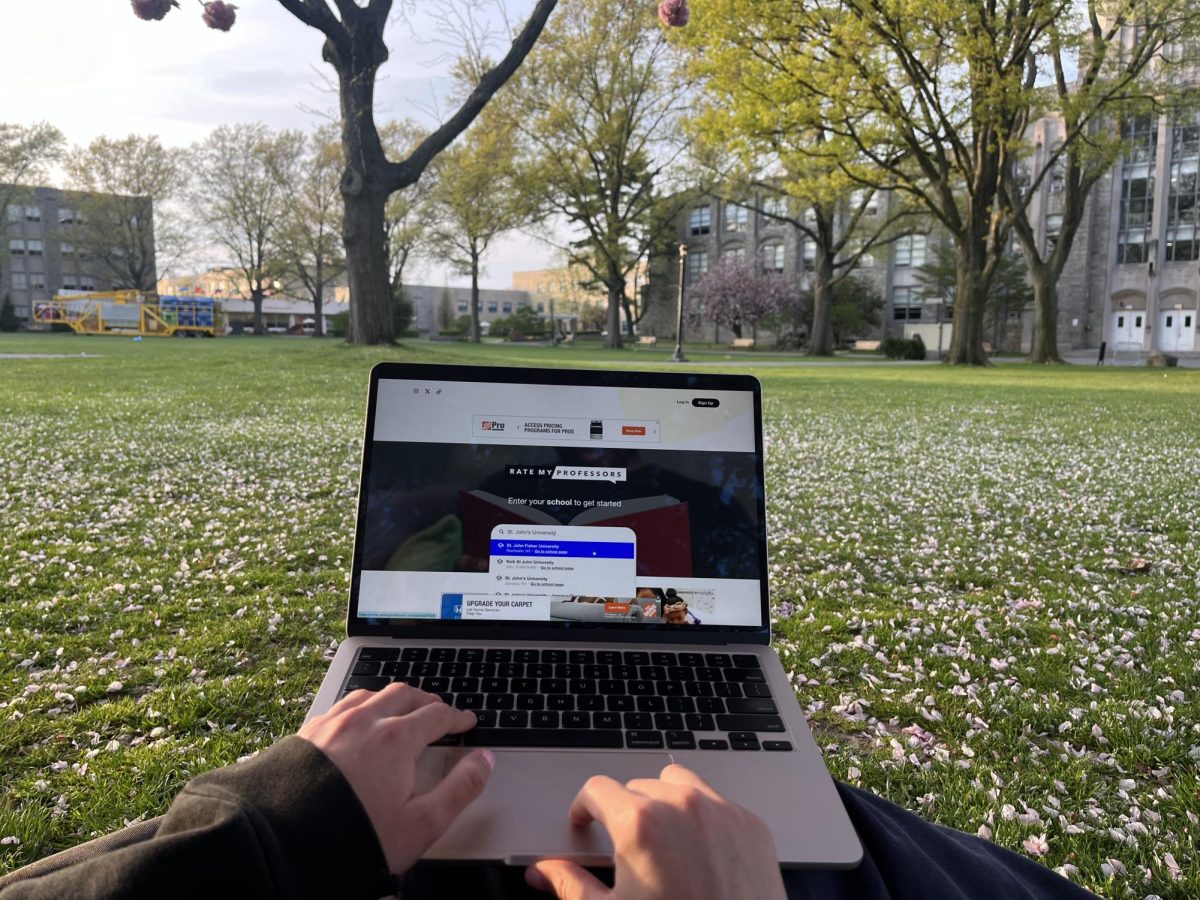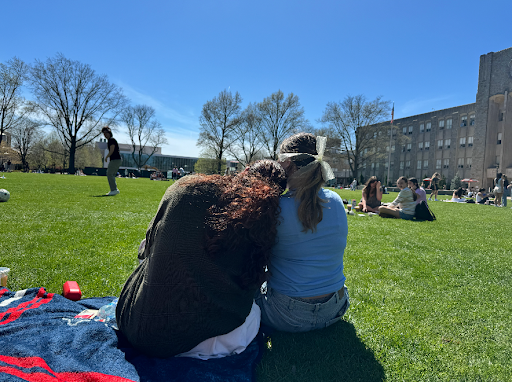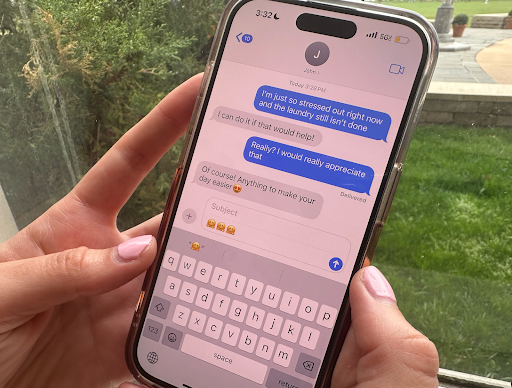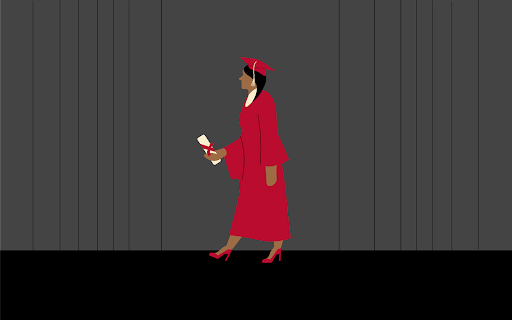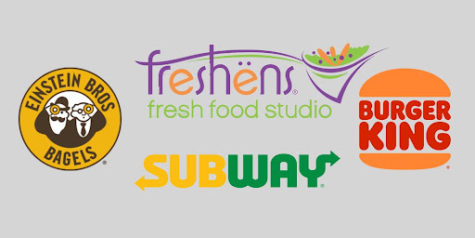
St. John’s University offers a variety of dining options at the Queens campus, from the all-you-can-eat dining hall to grab-and-go markets. Beyond the University’s own dining services, however, there is also access to recognizable fast food brands on-campus that are sure to catch the eye of incoming students.
Students may be surprised to learn that fast food at the University can be purchased using a meal swipe — at no additional cost with an active meal plan. All resident students are required to maintain an active meal plan, but the types of plan vary based on class year and the student’s need.
Both freshmen new to life on campus and seasoned upperclassmen are sure to have a few puzzling experiences with “meal exchanges.” There are caveats and restrictions, but in general, meal exchanges give students access to notable chains like Subway, Freshens and Burger King — if you know how to use them.
What Is A Meal Exchange?
Every time a student goes to Montgoris Dining Hall, the all-you-can-eat food service located in the Residence Village, they use a meal swipe. Those with an unlimited meal plan are unlikely to consider meal swipes, since entry to the dining hall is not limited per day, week or semester. Meal swipes gain importance when they are used for meal exchanges.
Meal exchanges are defined as meal swipes used at a retail location. The University considers ‘retail’ locations as those that primarily take cash as a form of payment, and sell individual food items. In simple terms, anytime a student uses their meal plan to get food outside of Montgoris Dining Hall, a meal exchange happens.
Where Can Meal Exchanges Be Used?
Retail locations at the University include fast food and coffee chains like Starbucks, Einstein Bros. Bagels and Dunkin’ — but not every retail location can be meal exchanged. Notably, Starbucks and Einstein Bros. Bagels do not have meal exchanges available at any time.
Other restaurants can be meal exchanged, but only at specific times. Attached to Montgoris Dining Hall, Market Montgoris has an assortment of pantry items and toiletries, but it also has limited takeout options that can be meal exchanged. Every food location in the Marillac Food Court is eligible for a meal exchange, including Freshens, Burger King, Subway, Pom & Honey, Piccola Italia, Revolution Noodle and Dunkin’.
When Can Meal Exchanges Be Used?
The University defines three meal periods that it uses to organize and restrict swipes: breakfast, lunch, dinner and late night. Students with a resident meal plan can access Montgoris in any meal period — and multiple times per meal period as their plan allows — but meal exchanges work differently.
Only one meal exchange can be used per meal period, and since Montgoris Dining Hall is the only food location open during late night, there are no meal exchanges available after 10 p.m. each day. No more than two meal exchanges can be used per day.
The breakfast period runs from 7 a.m. to 10:59 a.m., the lunch period stretches from 11 a.m. to 4:59 p.m. and the dinner period goes from 5 p.m. to 10 p.m.
Dunkin’s meal exchange can be used for the breakfast and lunch period, and is the only breakfast meal exchange option. However, access is limited — meal exchanges are available on Saturdays and Sundays.
Each food location within the Marillac Food Court can be meal exchanged for lunch and dinner, Monday through Friday. That’s Freshens, Burger King, Subway, Pom & Honey, Piccola Italia and Revolution Noodle. From salads to sushi, there is something for everyone to meal exchange in the basement level of Marillac Hall.
Market Montgoris is the place for quick necessities on campus, and it has meal exchanges available every day of the week for lunch and dinner. Although it is open until 1 a.m. daily, meal exchanges are only available from 11 a.m. to 10 p.m., when the dinner period ends.
Most importantly, meal exchanges must be used as the first swipe at a food location in a meal period. That means students can meal exchange before using unlimited swipes at Montgoris, but not afterwards.
For example, if a student swipes in at Montgoris Dining Hall at 11:00 a.m., a meal exchange can not be used for the lunch period. But if they use a meal exchange at 11 a.m., students can go to Montgoris as many times as they care to.
What Can You Get With A Meal Exchange?
The exact items and the total value of a meal exchange depends largely on where it is being used, but most food locations offer three categories for meal exchanges. These are mains, sides and beverages. Generally, students have the choice of one main and one beverage, but some food locations give students an added side.
Students dining at Freshens, Piccola Italia, Pom & Honey and Revolution Noodle can choose a main and a drink, but the absence of a side is correlated to a larger and more filling main dish. At Burger King, Dunkin’ and Subway, students will be able to grab a side to go with their main entrée.
Can Every St. John’s Student Use Meal Exchanges?
A meal plan is required to use meal exchanges, and the number of meal exchanges available per week depends on the type of plan. The Carte Blanche meal plan is required for freshmen, affords students 22 meals per week, as well as unlimited swipes to Montgoris.
Other plans are limited to two meals per day or less, making meal exchanges a bit more limited. Apartment Meal Plans give students 14, ten or seven meals per week. Commuter Meal Plans are customizable, but usually provide a certain number of meal exchanges along with dining dollars, which have the same value as cash to be used at food locations.
Why Should Students Meal Exchange?
Meal exchanges are a great way to get takeout on campus, as fast food can be eaten on-the-go or saved for later. Going to Montgoris Dining Hall each and every day can be monotonous, and meal exchanges can switch things up. They’re included in the cost of meal plans, so it’s important to incorporate meal exchanges in a student’s routine to get the most value from campus dining.
For more information about meal exchanges on the Queens campus, visit the Meal Exchange Central page on the University Dining Services website.













